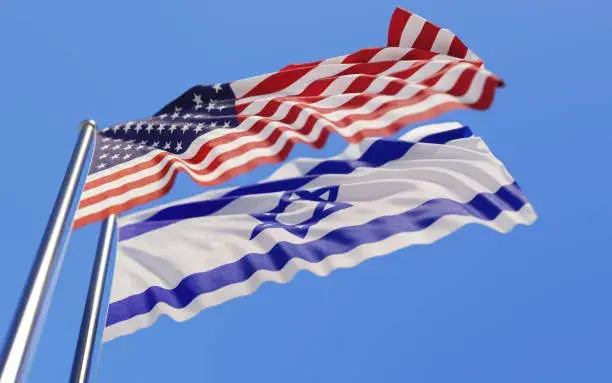
In a joint press conference held at the White House today, former U.S. President Donald Trump and Israeli Prime Minister Benjamin Netanyahu presented a bold vision for Gaza’s future — one that has stirred both hope and controversy. Behind the formal setting and grand rhetoric lies a deeply uncertain reality.
Setting the Scene: Why This Matters
The war in Gaza has exacted a devastating toll. As international pressure mounts for solutions, this gathering between Trump and Netanyahu emerges as more than just diplomacy — it’s a signal of shifting ambitions, alliances, and power.
For many, this is a moment to watch: what is promised today may reshape what happens tomorrow in one of the world’s most volatile regions.
The Plan: What They Announced 📜
Trump laid out a 21-point plan aimed at ending the Gaza conflict, rebuilding the region, and redefining governance structures.
Netanyahu lent public support to the plan, stating that it “achieves our war aims” — notably the dismantling of Hamas’s military capacity and the return of hostages.
Trump emphasized that Gaza would no longer be under Hamas control, and that a new transitional authority would guide governance.
He also made it clear: if Hamas refuses or undermines the deal, Israel would have full U.S. backing to continue its actions.
Tensions, Apologies & Diplomacy
At the same time, Netanyahu offered a formal apology to Qatar after an Israeli strike had unintended consequences, including the death of a Qatari serviceman — a move that reflects the fragile diplomatic tightrope the region walks.
Multiple voices around the world are watching: many see the press conference as a test of commitments, sincerity, and the balance between words and deeds in international politics.
The Promise & the Peril
Promises made: Ceasefire, hostages’ safe return, reconstruction, demilitarization.
Perils beneath:
What role will Hamas have? They are to be removed from any governance role, per the plan, which raises questions of legitimacy and representation.
Who ensures accountability? Transition governments often falter without strong oversight, especially in conflict zones.
The human cost is immense — lives lost, trauma endured, homes destroyed. No diplomatic vision can erase that, but must try to address it compassionately.
What Everyone Is Watching For 👀
Will Hamas accept the proposal — and on what terms?
How quickly (and how well) will reconstruction efforts begin if agreement is reached?
What happens if parts of the plan fail — will escalation resume?
Whether local populations will trust and participate in a new governance setup.
Today’s press conference was a grand gesture — ambitious, charged, and full of promise. But in lands scarred by conflict, promises must be tested by delivery.

Leave a comment
Your email address will not be published. Required fields are marked *